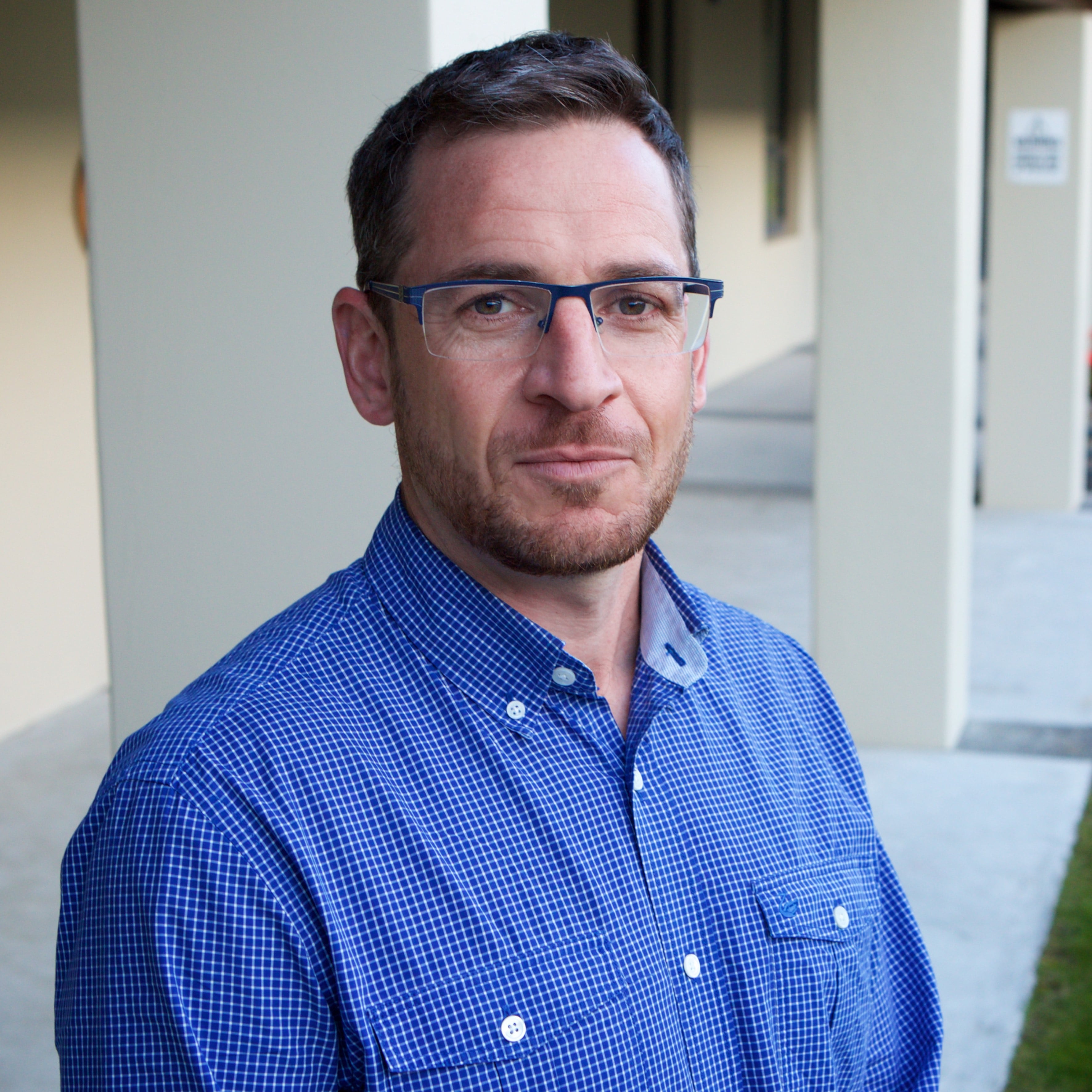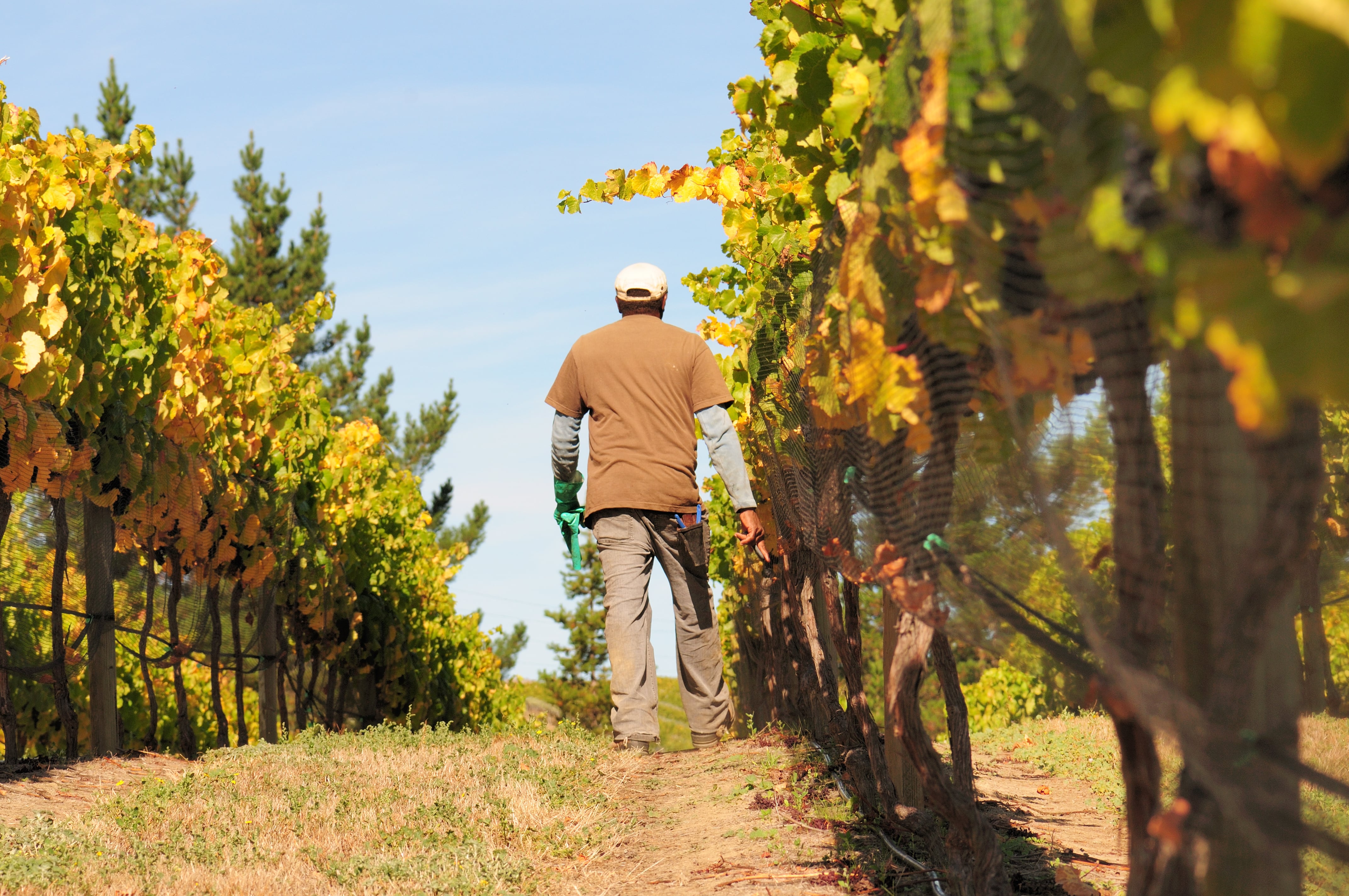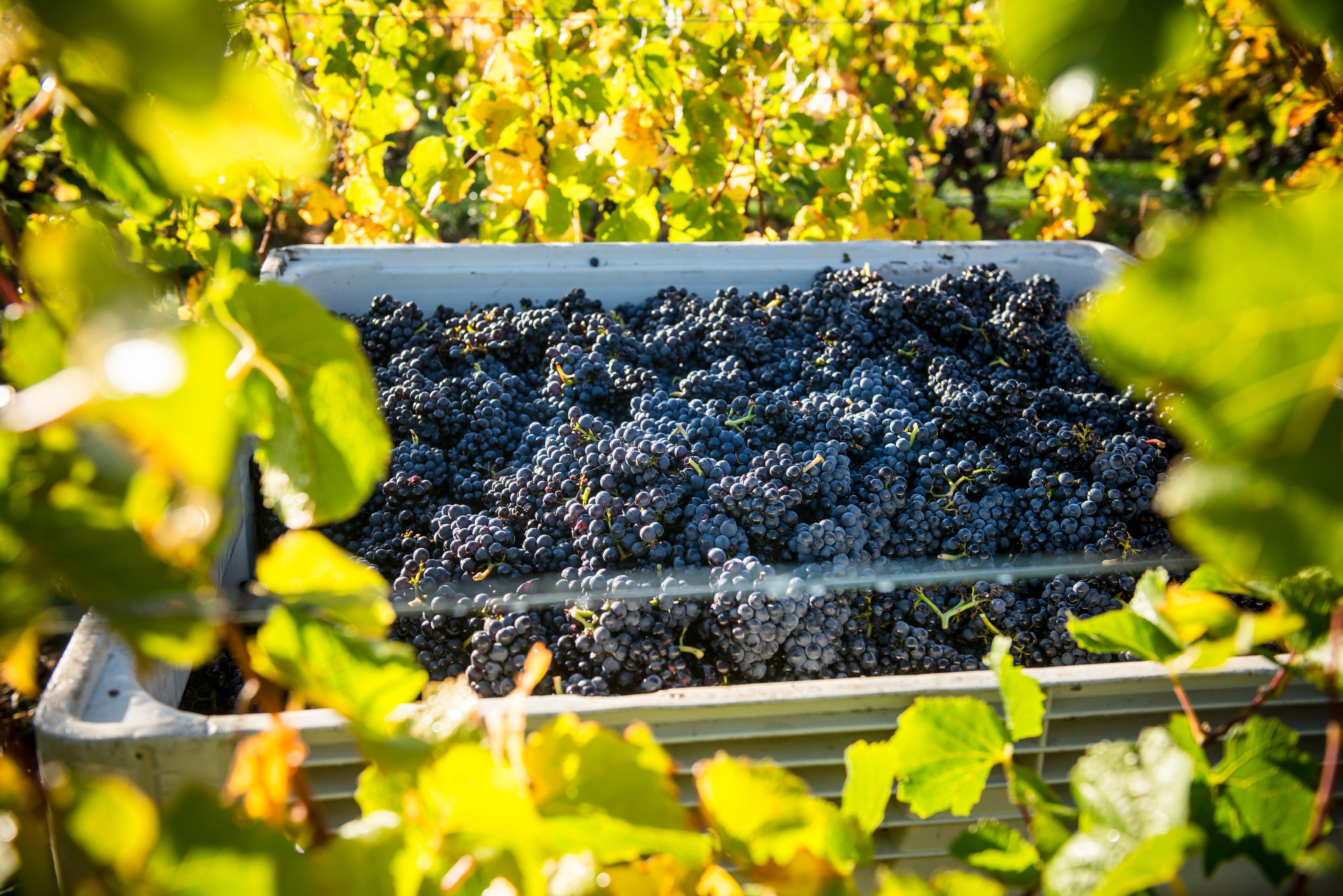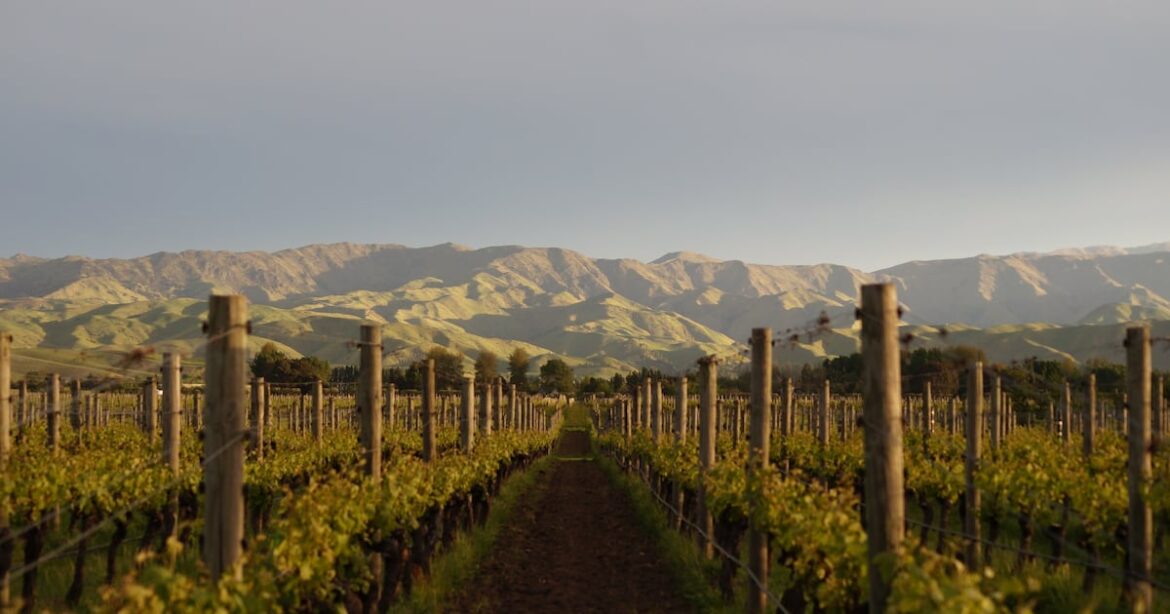The level of participation is enviable: and sets the program apart as one of the only of its kind around the world.
The importance of sustainability consideration has grown hand-in-hand with New Zealand’s wine industry as a whole. It’s not just a nice add-on: but a crucial part of the industry’s fortunes.
So why has this program been so successful – and how will it evolve in the coming years as sustainability becomes yet more and more important for producers and consumers alike?
The beginnings of certification
New Zealand launched its sustainability certification, Sustainable Winegrowing New Zealand (SWNZ), in 1995. But the drive towards sustainability started before that.
Two years prior, New Zealand had set out its vision to increase wine exports from $41m in 1993 to $100m in 2000.
And that came together with a collective groundswell of desire to unite the industry with a drive towards sustainability, explained Edwin Massey, general manager of sustainability for New Zealand Winegrowers.
“In the late 1980s and early 1990s, New Zealand grape growers were implementing and sharing sustainable techniques and knowledge,” he said.
“Kiwi ingenuity and science were driving innovation in viticulture, and New Zealand Sauvignon Blanc was achieving international recognition and export success.
 Dr Edwin Massey (New Zealand Winegrowers)
Dr Edwin Massey (New Zealand Winegrowers)
“It was an exciting time for New Zealand wine. The industry leaders had their sights set on the next few decades.
“But they recognized that the path to long-term export growth lay in being focused on protecting New Zealand wine’s reputation and championing sustainability.”
Evolving and changing
The certification started off with vineyards but now covers wineries as well. And over the next few years, it slowly gathered pace: then accelerated as the New Zealand wine industry gained momentum as a global superstar on the wine stage.
Today, the certification is shaped around six key areas: climate change, water, people, soil, waste and plant protection.
The program has not only expanded its scope, but also its depth and detail.
“Over 30 years, we have broadened and deepened SWNZ to be more inclusive of wide range of sustainability matters that are important for our industry,” said Massey.
“In the beginning, SWNZ started in the vineyard, primarily focused on ensuring the sustainable use of agrichemicals. Today, SWNZ contains 6 focus areas [water, waste, climate change, soil, people and plant protection].”
 Tending to vines in Central Otago (Ceres Winery)
Tending to vines in Central Otago (Ceres Winery)
While all are important, climate change is the area that has become the most important, says Massey.
“Over that time climate change has emerged as the most challenging long-term issue for our industry,” he said.
“SWNZ first included mandatory scope 1 and 2 emissions reporting for the 2020/21 growing season. The information we gathered from this lead us to developing our Road Map to Net Zero 2050 which quantified our emissions footprint and identified 5 key areas to work on to ensure we reach that target.
“The Sustainability Report 2025 highlights the progress we have made in this area in the last three years. This is something to be proud of and an area where our members have a specific focus to making progress as fast as possible.”
And the program is continually changing.
“It is a continually evolving program, and from next growing season, we will be introducing Biosecurity Plans to the mandatory reporting,” said Massey. “Pest and disease can impact the entire industry, so we need to ensure our members are equipped with knowledge and oversight to ensure we are vigilant in protecting our industry.”
At a glance: New Zealand’s wine industry
1,840 vineyards: including those in top regions such as Marlborough, Central Otago and Hawke’s Bay
Sauvingnon Blanc first put New Zealand on the map. Today, it’s joined by Pinot Noir, Pinot Gris and Chardonnay with the four varietals accounting for more than 90% of wine production
More than 7,000 people employed across sectors which grow grapes, and make, market and sell wines
$2.1bn in exports a year (representing nearly 90% of New Zealand wine)
Accounts for around 1% of the world’s wine; skewed towards premium wines
Goal for the wine industry to be net zero by 2050
Under pressure
Something else that’s changed over the last 30 years are the macro challenges the wine industry faces before sustainability is even considered.
That, in turn, places more pressure on wineries – and the danger is that sustainability is squeezed out. But New Zealand’s wine industry keeps trending in the right direction.
“It has been a challenging few years for our members,” acknowledged Massey. “Costs have increased, and global supply chains have been disrupted, and more recently, the tariff implications in our largest market, the US, are placing more pressure on businesses.
“However, recent data shows positive progress by our members in implementing specific initiatives to reduce their carbon footprint. This includes upgrading vineyard equipment to reduce emissions, installing solar, and increased use of lightweight bottles. Worldwide, packaging remains a key source of emissions for wine. There is a need to work across our supply chains and our markets to ensure low emissions packaging, including low emissions glass, becomes a bigger part of our future.”
Getting winemakers on board
For many wineries around the world, sustainability certification might be a lofty goal and a loose aspiration for sometime in the future.
But for New Zealand’s wineries, sustainability certification has been a critical part of opening doors to new markets and driving the industry forward as a whole.
“SWNZ certification started in the vineyard and expanded to include wineries in 2003,” explained Massey. “From there the New Zealand Winegrowers Board made key decisions to incentivize participation.
 Harvesting grapes (Mike Heydon/Mike Heydon / Jet Productions)
Harvesting grapes (Mike Heydon/Mike Heydon / Jet Productions)
“These included that wines could only be certified as sustainable if both the grapes and winery were certified and that only wines that were sustainably certified could be shown in NZW marketing events and competitions. This heightened awareness and drove participation. Increasingly, wineries required sustainability certification to access high value markets. This meant that often requirements for sustainability certification were written into supply contracts.
“This was a huge ‘market access’ incentives for the vast majority of New Zealand’s independent growers to join SWNZ.”
To be SWNZ certified, all members must complete annual submissions and undergo regular on-site audits conducted by an independent verification company. Vineyard members must also submit an annual spray diary, which documents all agrichemical applications made to the vineyard that season.
Sustainable Winegrowing New Zealand: The evolution of a sustainable wine program
1993: New Zealand sets out a vision to grow exports from $41m to $100m by 2000
1995: Five enthusiastic vineyards trial a sustainability program, who and create the framework for the certification
2002: More than 100 vineyards are participating in the program. Wine exports meet $246m, (far exceeding the 1993 goal)
2004: Independent audits are introduced for vineyards
2006: Independent audits are introduced for wineries
2008: A SWNZ brand logo is introduced. Wine exports reach $800m a year.
2021: Mandatory scope 1 and 2 emissions reporting introduced
2025: 96% of vineyard area and 90% of wine production by volume is certified by SWNZ. Exports exceed $2bn a year (2024).
That might sound like a lot of work for wineries: but Massey says the program has made efforts to make certification achievable and – an important additional point – engaging.
“With technological advancements in the collection of data, we are continuously evolving the process for members. Our SWNZ team provides support and education to help members with the process. GHG reports are provided to members so they can track their progress individually, along with seeing the macro progress of their region and the whole industry.”
Wine made with grapes grown in 100% SWNZ certified vineyards and produced in 100% SWNZ certified winemaking facilities can display the SWNZ logo on the bottle.
Can shipping wine across the globe be sustainable?
By the very nature of its geographical location – and as an industry built on exports – New Zealand cannot avoid transporting its goods over long distances to reach consumers.
A glass of New Zealand chardonnay grown in Marlborough faces a journey of some 14,000km to reach a bar in New York, or 18,000km to reach a restaurant in London.
So how can this industry be built on sustainability?
For a start, New Zealand wine’s overall production emissions (scope 1 and 2) are actually lower than that of other wines, says Massey, because of the work it has done in other areas (84% of New Zealand’s national grid comes from renewable sources, compared to the OECD average of 25%).
Transportation only actually accounts for around 21% of a wine’s emissions. That’s thanks to the industry’s efforts to bring the impact of transportation down: but there’s always more to be done, said Massey.
“New Zealand wine travels to market by ship, a relatively efficient way to move goods long distances. Furthermore, over the last decade an increasing amount of New Zealand wine is bottled in market, reducing the relative emissions intensity of shipping the wine.
“Lighter weight bottles, further bottling in market, low carbon glass production, alternative packaging and adoption of alternative fuel for transportation are areas of continuous innovation that will help drive us to our goal.
“We will continue to work with our partners across the supply chain to continue to reduce this area of our emissions.”
Will NZ reach 100% sustainably certified wine?
Current voluntary SWNZ certification covers 98% of planted vineyard area and 90% of wine produced.
However, there are other sustainability-related programs in New Zealand such as organic: which certifies around 7% of vineyard area and 16% of NZ wineries (A number of these vineyards and wineries are certified by organics and SWNZ to enable organic producers to sell grapes and wines to SWNZ certified wineries)
Another factor is that smaller producers who focus solely on the local New Zealand market may not turn to sustainability certification.
However, even if 100% certification is unrealistic, New Zealand’s efforts have still made it a leader on a global stage.

